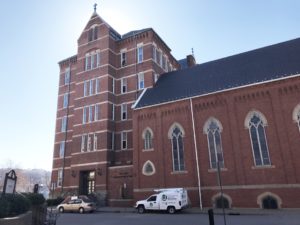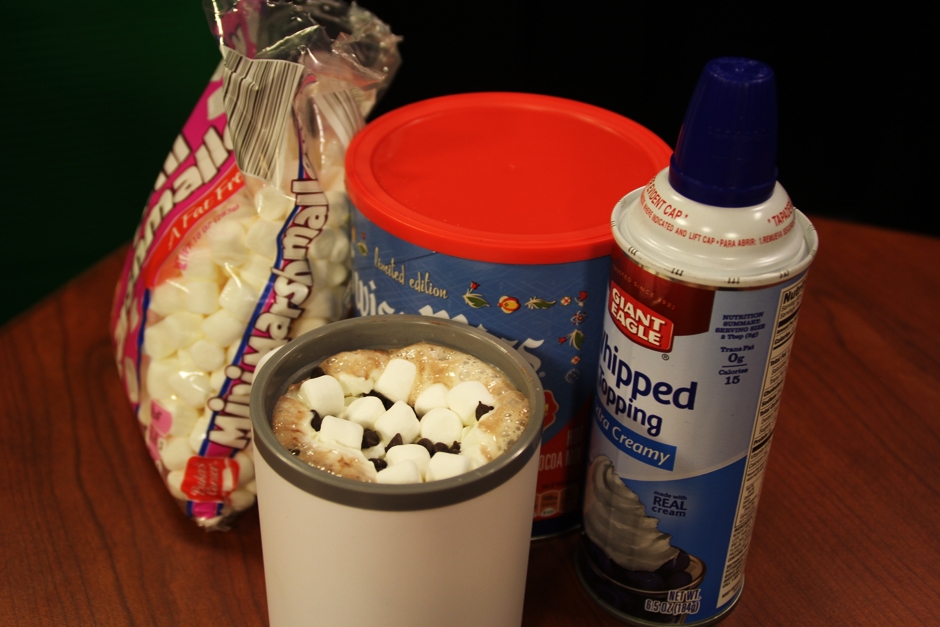
A photo of the Duquesne University administration building also known as Old Main. Duquesne has set a record six-year graduation rate at 77 percent for 2016.

A photo of the Duquesne University administration building also known as Old Main. Duquesne has set a record six-year graduation rate at 77 percent for 2016.
Hallie Lauer | Layout Editor
In the past year, Duquesne’s six-year graduation rate has gone up five percent from 72 to 77 percent, which is the highest rate ever recorded by the Office of International Research and Planning.
The rates are tracked in four, five, six and eight year rates, but six years is the standard for comparison and reporting for all four-year degree granting colleges or universities. According to the Office of Institutional Research and Planning, it is a federal requirement for institutions to keep track of their graduation rates if they want to be eligible for Title IV financial aid.
These numbers mean that of the freshman who started at Duquesne in 2010, 77 percent of them had graduated by May of 2016.
“That means we’ve got a really strong university,” said J.D. Douglas, director of retention and advisement. “When you look at national averages for private schools, it is 62.5 percent, so you can see we’re well above that,”
The National Center for Education Statistics reports the national average to be 58 percent at public institutions and 62.5 percent at private institutions.
“The statistics are important and outside entities look at these key performances because it’s a measure of how well [the university] is doing,” said Paul-James Cukanna, vice president for enrollment management. “It means we are enrolling the correct students and we are supporting them.”
Five years ago, the university put a campus wide retention committee in action in order to further help provide service to students.
“We’ve really worked hard in identifying key players that can make a difference and oriented to student success,” Douglas said. “Everybody that comes to the table that talks about ways we can use the informational we’re getting from students.”
Showing students about resources they may have not previously known about is another way the retention committee helps students.
“When we see that a student is not attending class, cannot pay their balance, we intervene and we try to help that student and see how we can assist them to be successful,” Douglas said. “Part of it is early identification of at risk students. We have tools in place to proactively identify students and intervene to help them.”
The University of Pittsburgh has a graduation rate of 82 percent while Carnegie Mellon has one of 72 percent, according to statistics from the two schools.




